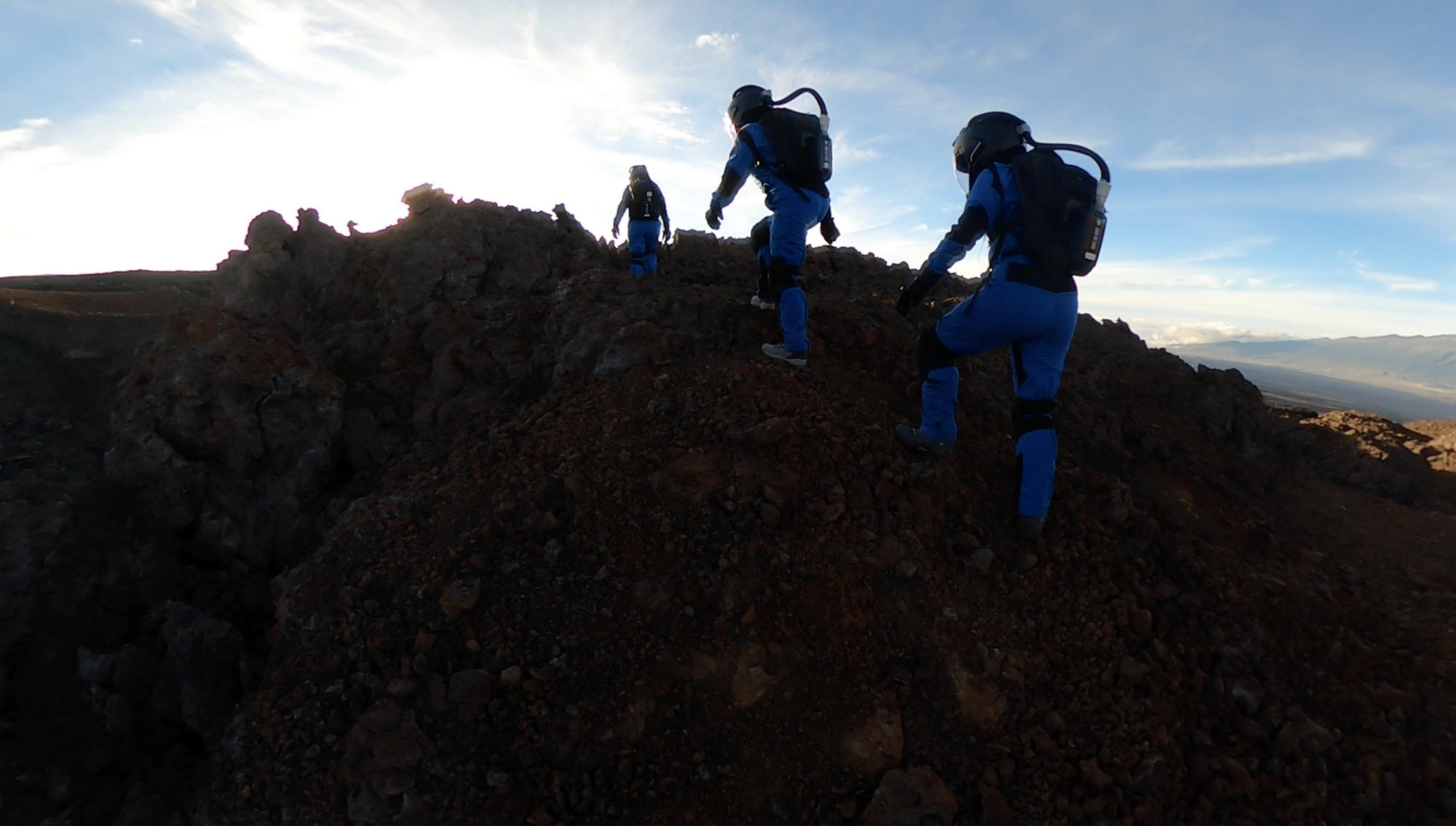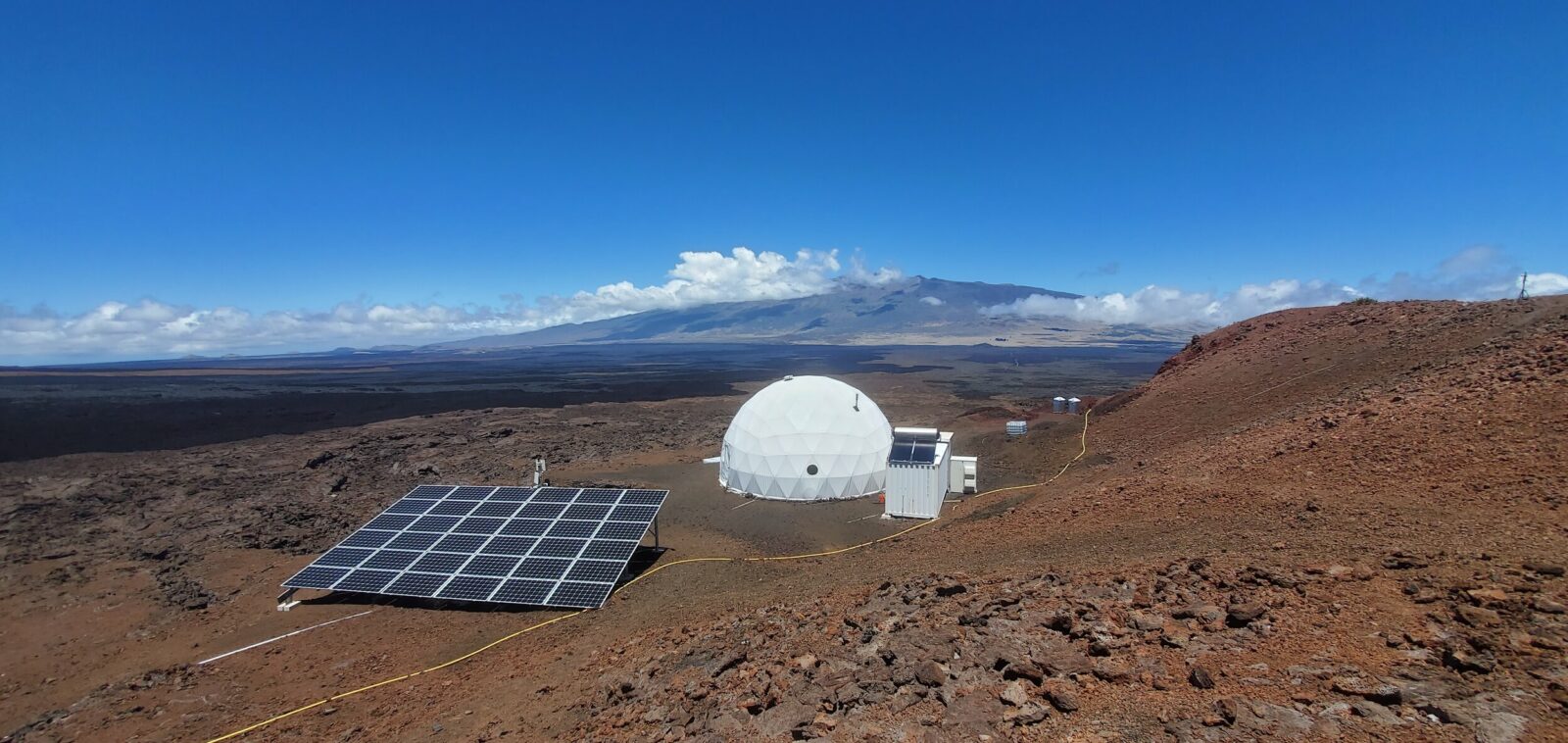HI-SEAS, Sensoria Mission 2
Mars (Analog Space Mission, 2 WEEKS)
Many people wonder what will life be like on Mars? As we move off-planet, what things do we take with us? And, what things do we leave behind?
After venturing to Mars via HI-SEAS Sensoria Mission 2, with an all-female crew, it forced me to consider what is the most essential: What do we need to survive on Mars? What does the crew need to succeed? What do I need most to live and work off world?
My trip to Mars felt like spring cleaning of the mind, soul, and suitcase. It revealed what I can live with and without, both on and off Earth. As early as packing for the trip, we were encouraged to think of what we could leave behind to lighten the payload for spaceflight.
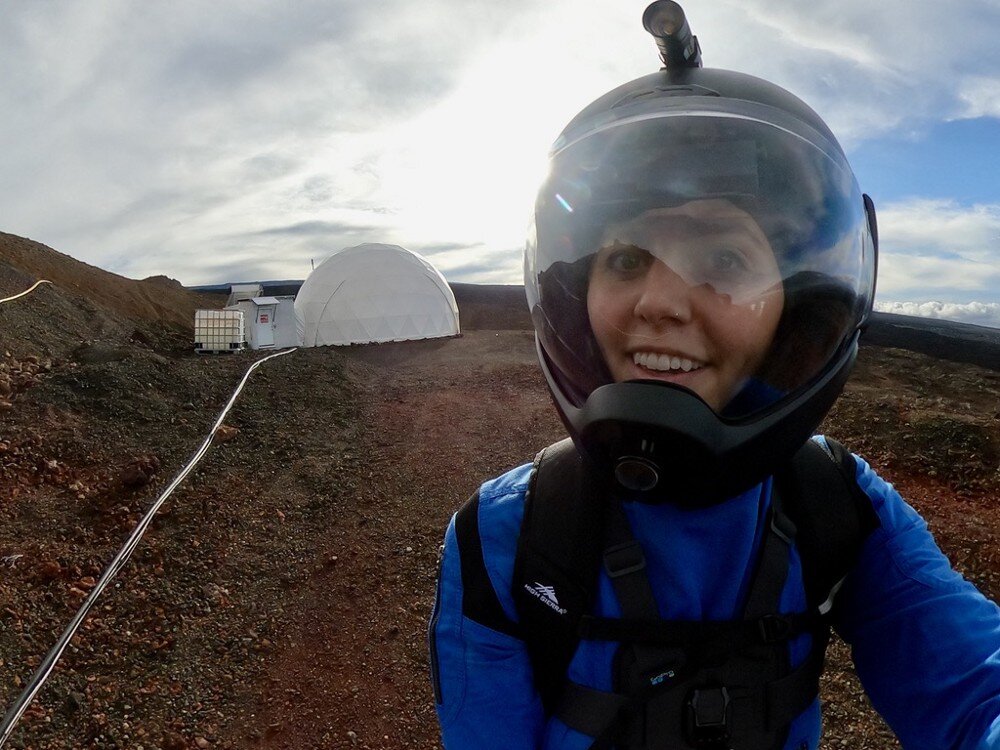
I removed all liquids from my packing list, sought out dehydrated cosmetics and toiletries, used only pigment powders for art making, and selected multifunctional clothes that could go discretely unwashed for weeks and be worn for various occasions. From the start of our mission, we were asked to live, work and think with less, which ultimately kickstarted one of the best byproducts of restrictions and limitations: creativity.
Within the confines of the Habitat or encased in the spacesuit during an Extravehicular Activity (EVA) in the rocky red terrain, creative problem solving became essential to every aspect of the mission. Whether it was learning to use the urinal in a precarious feminine balance (there was only a urinal in the Habitat, meaning we need more women in space!) or learning to mix various powdered ingredients to form a meal, every day led to a new breakthrough. That is the (surprising) beauty of space travel.
“Under constraints, creativity thrives.”
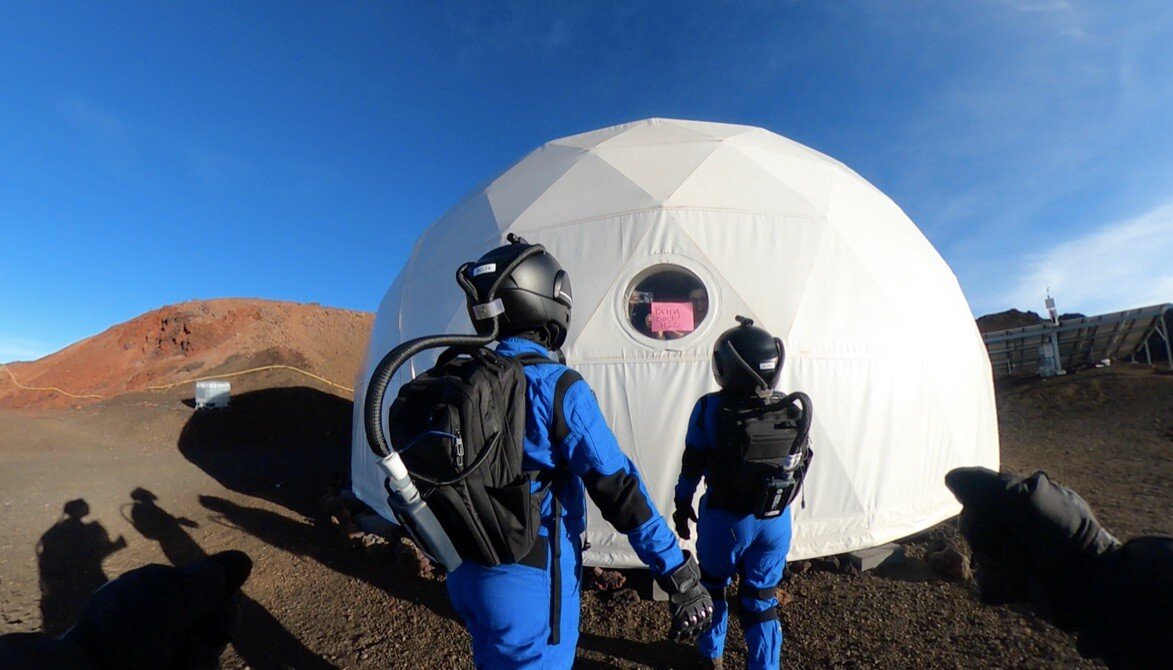
The more challenges and restrictions we had on the mission, the more outrageous our creative ideas. Whether it was the ways we fixed a clogged water pipe, recycled coffee from previous days, collected hair to use as fertilizer for plants, organized cushions like Tetris for movie nights, or the ways we washed dishes from three buckets (soaking, scrubbing, rinsing), we were constantly compelled to do things in new ways given the restrictions of living on Mars.
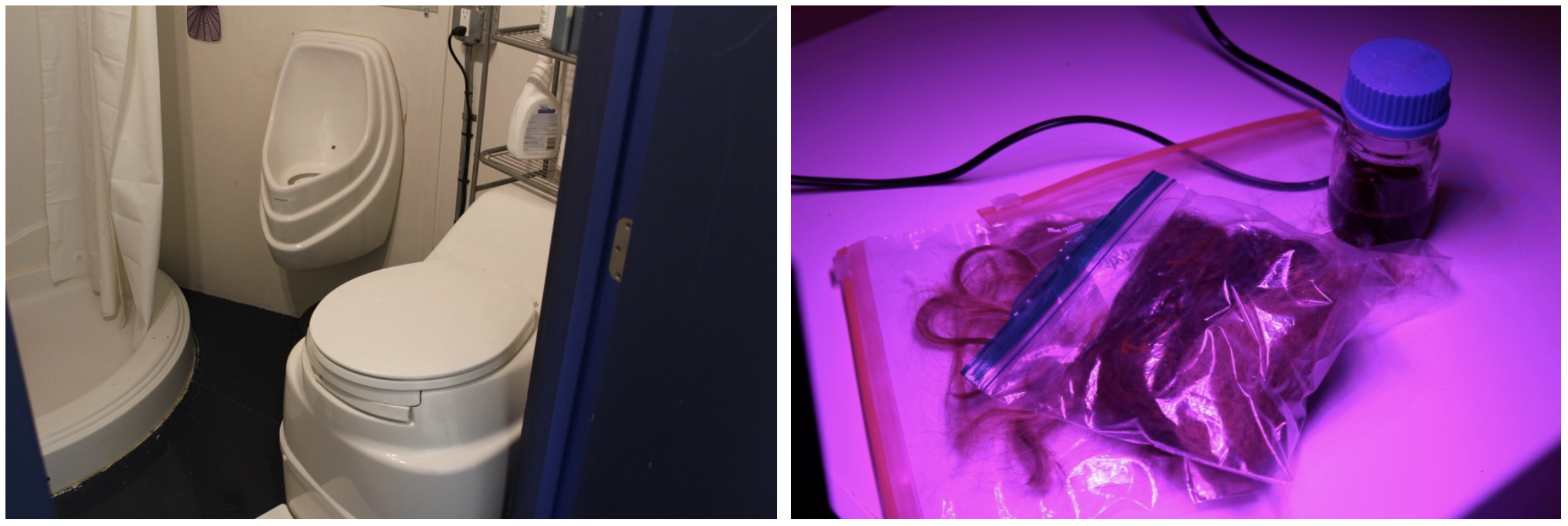
One moment when creativity struck when all else failed was on EVA-4. I diligently planned the entire EVA, with various cameras ready to document my most anticipated project to create the first Cave Paintings of the 21st Century in Martian caves. I reached for the small ziplock bag containing the flashdrive with the artworks. With only a short time allotted to unpack and screen the projections, I had to work fast in my spacesuit.
As I began to peal the bag open, I realized it was impossible to unseal the bag with my thick space gloves. I could not use my hands, my teeth, or any body gesture to aid my process and my helmet blocked most of my view looking down. I had no choice but to pry the bag open between two martian rocks, a projector remote control, a padded knee, and a ragged glove — it worked! I felt victorious, only for a short moment, until I learned we had to evacuate back to the Habitat due to an incoming storm…

It was as if each challenge on Mars was a test. It rewrites the story of the familiar and retrains our skills from the beginning. Walking in a spacesuit felt completely foreign and interactions with the surroundings were a new sensation through a reflective helmet and loud oxygen system. I felt restrictions in every way: our schedule, spacesuits, access to EVAs, weather, food rations, limited water supply, communication delays (20 minutes each way, like Mars!), and several power outages. All facets of life required extra attention and relearning how to navigate it.
These restrictions became the impetus for creativity and it was fascinating to watch. When Chief Engineer Amanda Knutson’s project was damaged during spaceflight, she had to reinvent her entire design for an aquaponics system with tools and resources in the Habitat. This process made her rethink the ways aquaponic systems are built entirely, resulting in an innovative design.
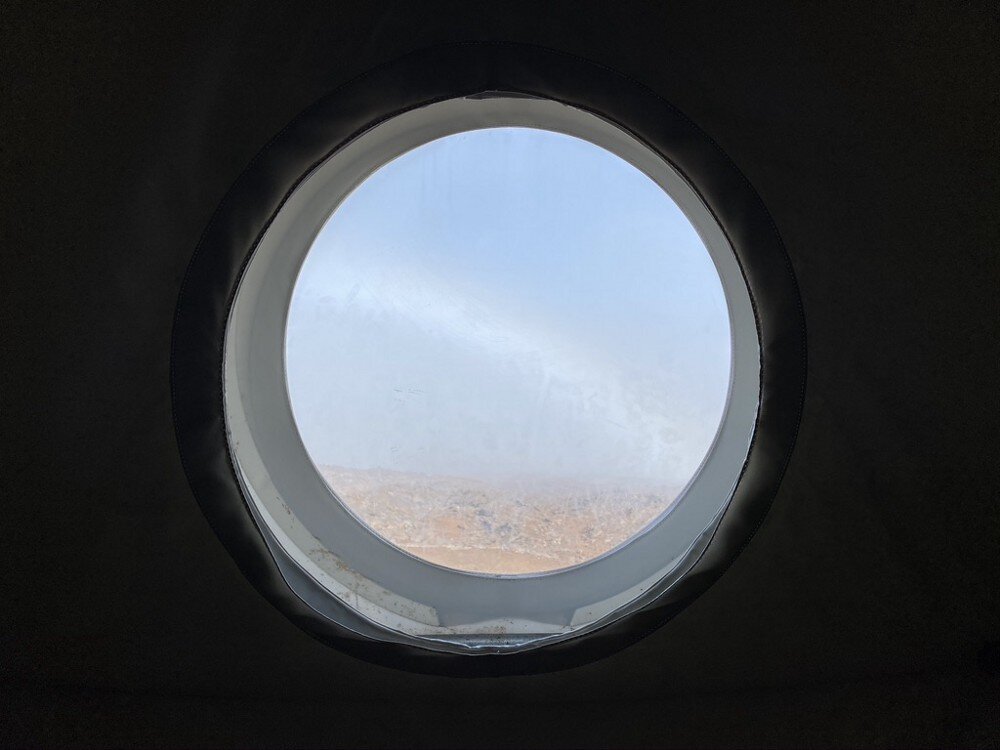
Meanwhile, Science Communication Officer Beth Mund was encouraged to retreat to her small bedroom to record her podcasts with crewmates since most spaces were shared or loud due to the generator. Reminiscent of NPR’s Tiny Desk Concerts, Mund hosted her “Casual Space Podcast” in her tiny bedroom leading to even more personal and candid interviews (available for listening February 2021).
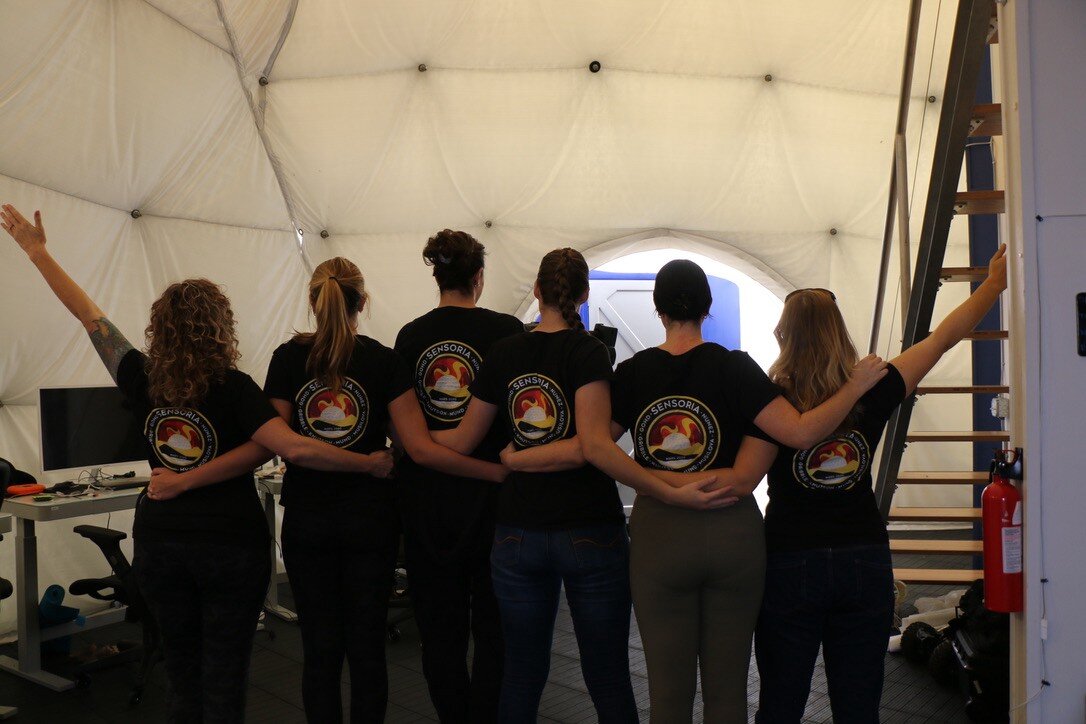
My creative outburst ignited when our EVA’s were continually postponed and canceled due to bad weather and I had to find an alternative plan. I prepared my Cave Paintings of the 21st Century and could not wait to see them illuminated on the cave walls, a form of primitive futurism to tell an origin story of a new existence elsewhere.
Given my prior ziplock bag obstacle and numerous storms, I had no choice but to get creative. Since it seemed nearly impossible to get into the caves, I had to reconsider my access to them. I ended up projecting my art onto a small pile of lava rocks in my room. To my surprise, it worked and these tiny projections served as valuable prototypes for when I returned to the real caves (these images will be shared in the next article). The restrictions on Mars made me do things I would have otherwise never done — it led to new creative breakthroughs.
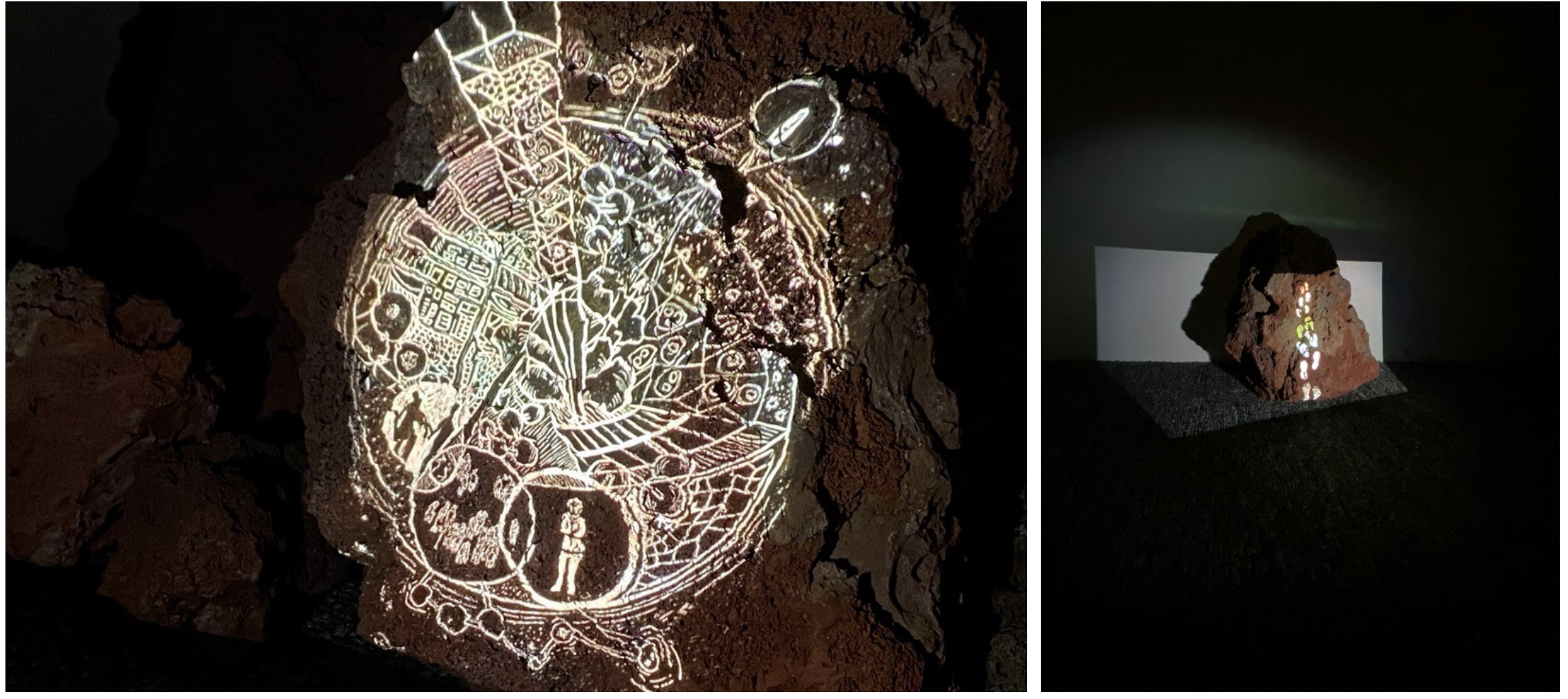
As if taken to wits end, creativity was fundamental to the success of our mission on Mars. It became our process for making repairs if something broke, pivoting if a project was stalled, conserving resources and recycling when possible, and seeking alternative methods and materials.
Creativity made the tough days easier and made the clever outbursts tremendous victories for the crew, no matter how big or small. Best of all, it brought the crew together. Whether we were laughing from our outrageous mending of difficult problems or our inventive genius under pressure, it enlivened us all.
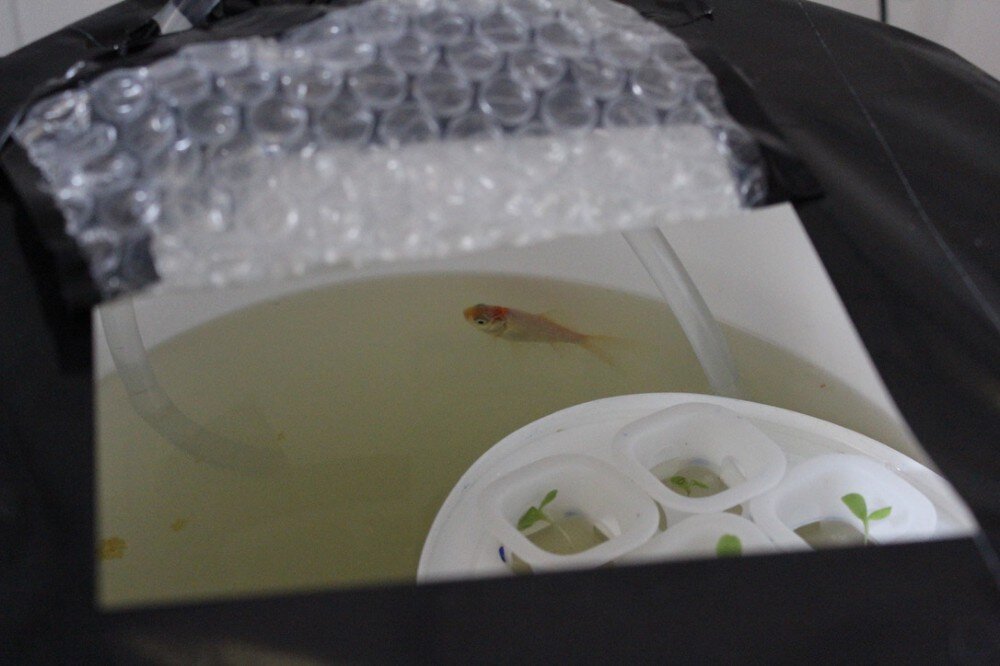
We tested our capabilities as tool makers and fast learners, working on individual projects and collective feats. It goes without question that a lifetime on Mars would reveal a whole new approach to creative problem solving and for this reason it is worth exploring. It is within our creativity that we transition from surviving towards thriving. And most of all, it is within our creativity that we define ourselves.
Upon return back to Earth, I want to retain the lessons learned from Mars. How can I continue to push myself to be creative through limitations? How can I adjust my daily life to be even more resourceful, using less and creating more? How can I “pack less” in my mind and in my daily experience to make room for the unexpected? If only all of us could experience Mars to remind ourselves of all we need: with less, there is more. From less, creativity is born.
